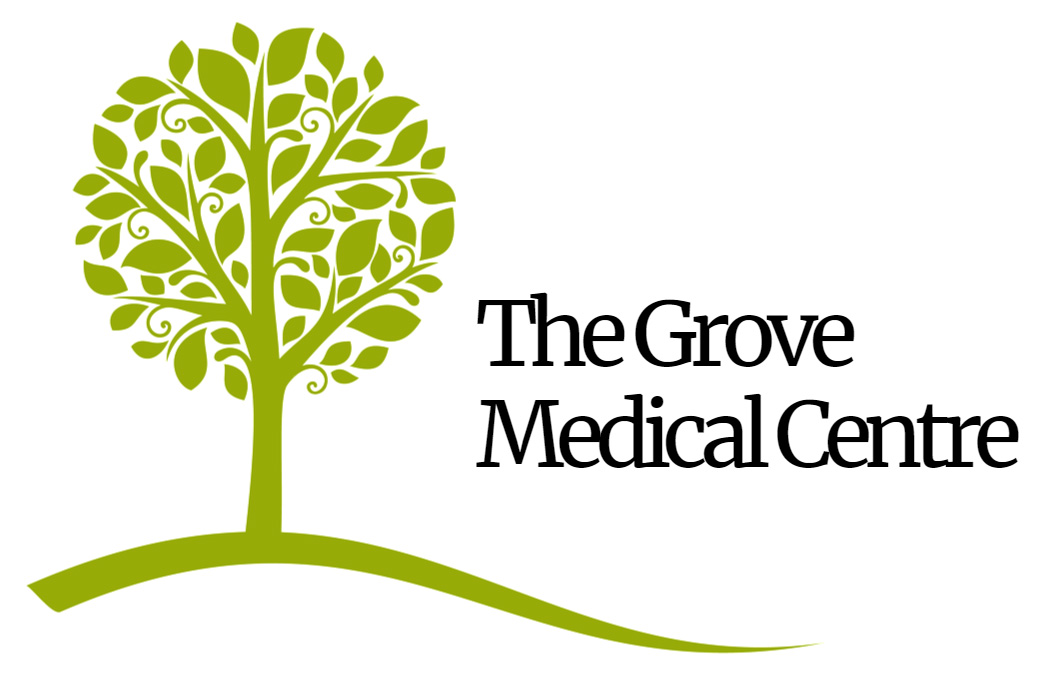Opening Times | Online Services | Contact Us |
CQC Rating Good
Tests and Results

Blood Tests
A blood test is when a sample of blood is taken for testing in a laboratory. Blood tests have a wide range of uses and are one of the most common types of medical test. For example, a blood test can be used to:
- assess your general state of health
- confirm the presence of a bacterial or viral infection
- see how well certain organs, such as the liver and kidneys, are functioning
A blood test usually involves the phlebotomist taking a blood sample from a blood vessel in your arm and the usual place for a sample is the inside of the elbow or wrist, where the veins are relatively close to the surface. Blood samples from children are most commonly taken from the back of the hand. The child's hand will be anaesthetised (numbed) with a special cream before the sample is taken.
You can find out more about blood tests, their purpose and the way they are performed on the NHS website
If the doctor or nurse has asked you to provide a pathology sample e.g. urine, stool, sputum, these must be left at reception before 12.30pm, Monday - Friday.
If you had your blood test done at the hospital or elsewhere then you need to contact them for the results. They are responsible for following up and they don’t always send these results to the GP.
If you have the NHS App or access to SystmOnline, you can view your blood results there. They will be available within 5 working days after your appointment (longer for some specialist blood tests). We encourage patients to check results this way so that our phone lines are kept free for medical queries. If you do need to call us for results, please do so after 2pm any afternoon.
X-Ray
An X-ray is a widely used diagnostic test to examine the inside of the body. X-rays are a very effective way of detecting problems with bones, such as fractures. They can also often identify problems with soft tissue, such as pneumonia or breast cancer.
If you have a X-ray, you will be asked to lie on a table or stand against a surface so that the part of your body being X-rayed is between the X-ray tube and the photographic plate.
An X-ray is usually carried out by a radiographer, a healthcare professional who specialises in using imaging technology, such as X-rays and ultrasound scanners.
You can find out more about x-ray tests, how they are performed, their function and the risks by visiting the NHS website.
Other Diagnostic Tests
Other common diagnostic tests used for examining this inside of the body are: Magnetic Resonance Imaging (MRI), Computerised Tomography (CT) and Ultrasound scans.
To find out more about each of these tests please click the relevant link below

INDEX - Services
- Online Consultation
- Staff Roles
- What is Social Prescribing?
- The NHS App
- Clinics & Services
- Test Results
- NHS Referrals to Other Services
- Electronic Prescription Service
- Vaccinations
- Private Fees
- Reasonable Adjustments
- Screening Services
- Summary Care Record
- Travel Vaccination
- Learning Disability Health Checks
We use cookies to help provide you with the best possible online experience.
By using this site, you agree that we may store and access cookies on your device. Cookie policy.
Cookie settings.
Functional Cookies
Functional Cookies are enabled by default at all times so that we can save your preferences for cookie settings and ensure site works and delivers best experience.
3rd Party Cookies
This website uses Google Analytics to collect anonymous information such as the number of visitors to the site, and the most popular pages.
Keeping this cookie enabled helps us to improve our website.
